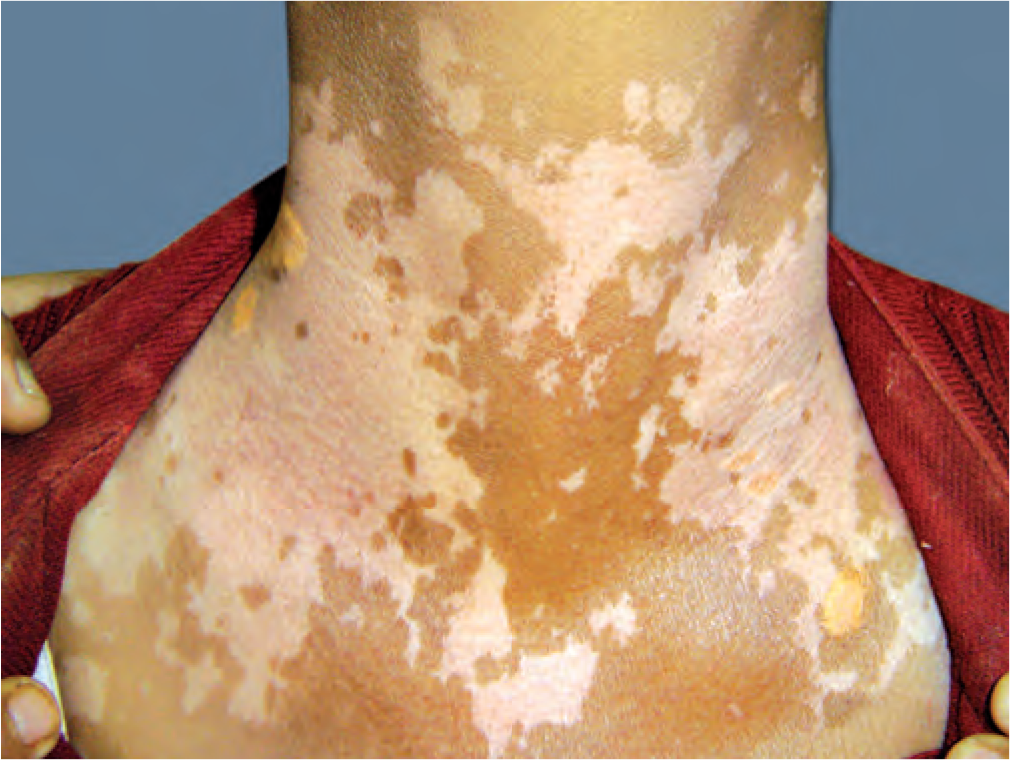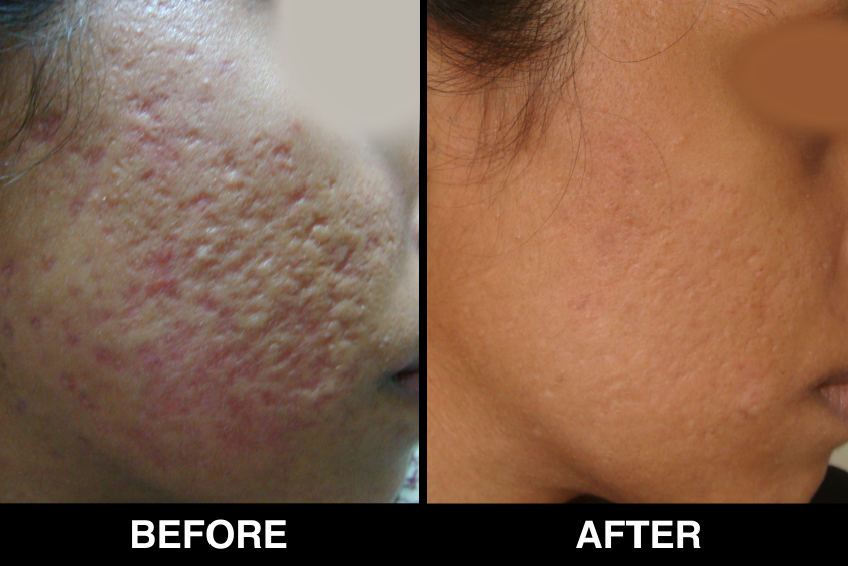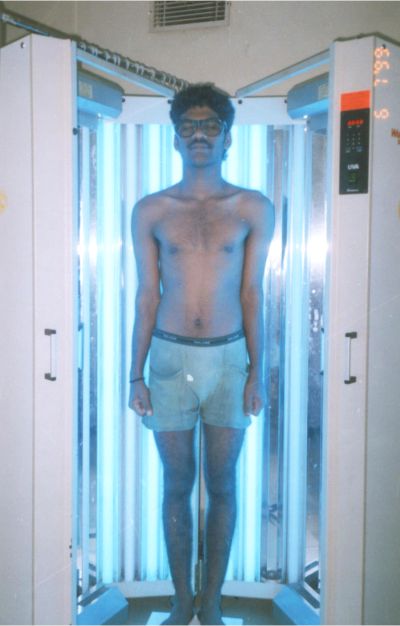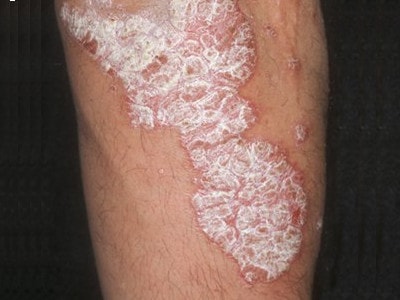Cosmetic Fillers
Fillers are injectable materials used to fill in wrinkles and other contour defects on the face.
The aging process and other environmental factors like sunlight can cause your skin to lose structure and volume, creating unwanted facial wrinkles and folds, such as those parentheses lines around your nose and mouth. Sagging skin can sometimes be an issue of volume loss that occurs with age, but filler substances replace that lost volume, providing immediate results.
There are various injectable dermal fillers that can restore youthful fullness to your face, lips and contours, or soften facial creases and wrinkles. While these treatments aren’t permanent, there are options that can last up to two years.
There are two different general sub-types of filler substances :
One type is a liquid or gel substance such as hyaluronic acid. These gels fill in the space to restore fullness that is lost as we age. The results are immediate.
The second sub-type includes collagen re-placers that help restore the underlying structure of the skin. This type usually requires a series of treatments and results develop over time, but can last up to two years.

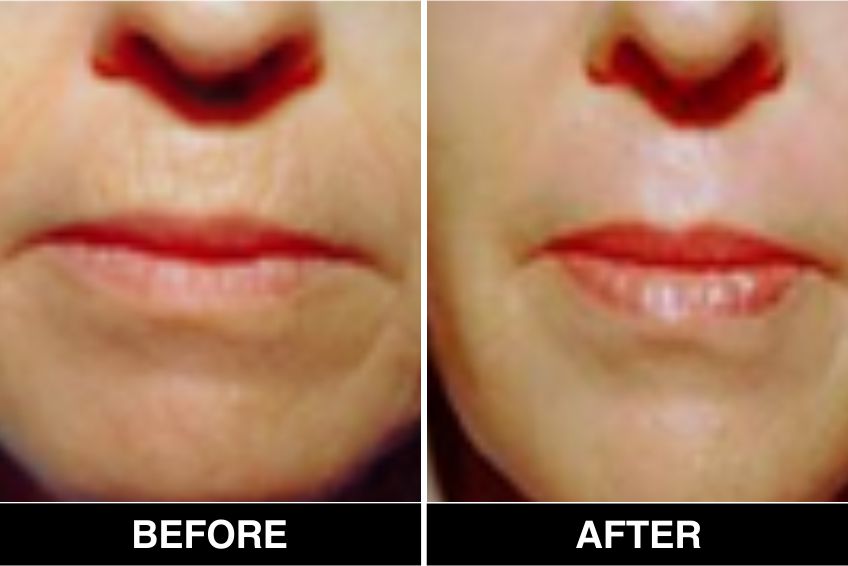
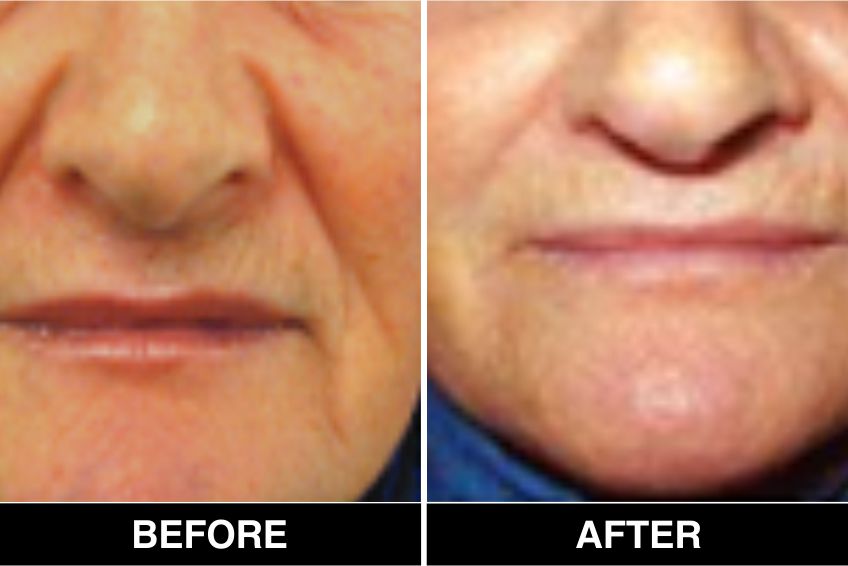
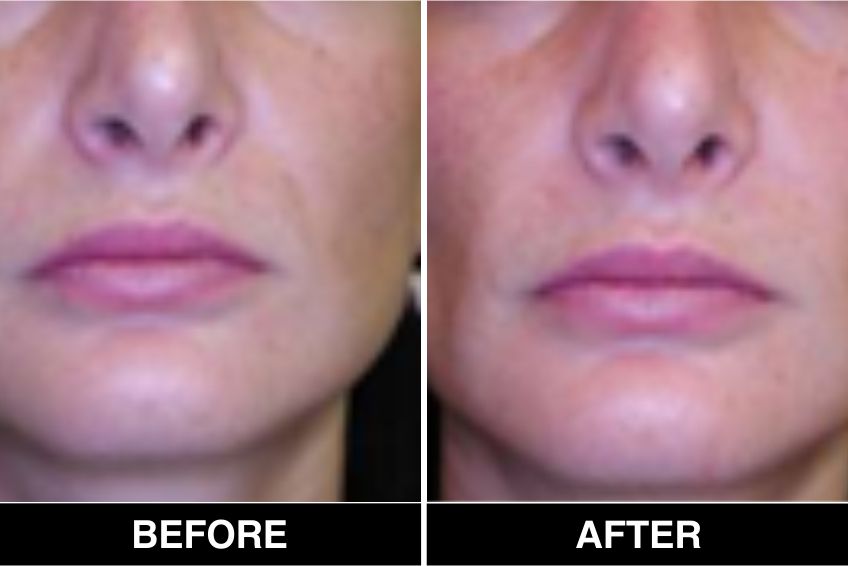
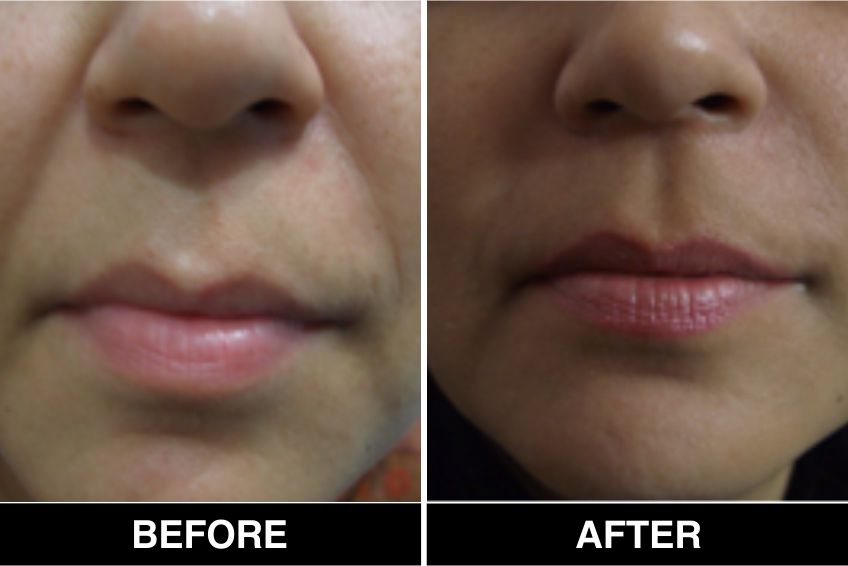
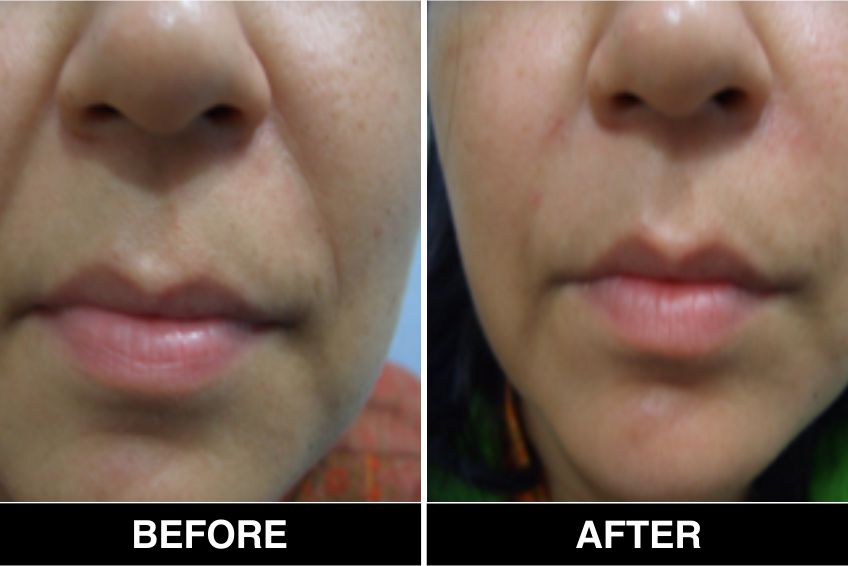
A large number of people are starting to invest in popular anti-aging remedies like cosmetic fillers, also known as dermal fillers. Although these cosmetic procedures are effective in enhancing one’s appearance and slowing the effects of aging, some medical professionals (plastic surgeons and dermatologists) advise against using these methods, if you have an autoimmune disorder (i.e. lupus, Crohn’s disease, rheumatoid arthritis, multiple sclerosis and Hashimoto’s thyroiditis). It is imperative that you consult with a board-certified immunologist, rheumatologist, dermatologist and/or plastic surgeon before scheduling a cosmetic injection treatment.
In addition, it is important that you avoid cosmetic enhancement parties, where cosmetic fillers are discounted, performed or given away as samples. These types of events can be extremely dangerous, if not performed correctly.
The procedure
Cosmetic fillers injections are performed with a fine needle directly into the areas where smoothing and lifting are needed. Generally, the location will be numbed prior to the injection to reduce any discomfort. The procedure itself just takes a short time, but please allow up to an hour for your appointment.
Cosmetic Fillers FAQ’s
The main ingredients in cosmetic fillers are collagen and/or hyaluronic acid. These “artificial” materials are based on “natural” substances produced in the body. A syringe is used to inject these materials into your skin. The purpose of cosmetic fillers is to reduce fine lines, scars and wrinkles and restore facial fullness and elasticity.
Most patients will feel and see visible muscle relaxation within the first few days of their initial treatment. If you have extensive, deep muscle contractions you may require increased amounts for optimal results. Because the body eventually absorbs the injected material, repeat treatments are necessary every few months to maintain muscle relaxation.
Cosmetic fillers are injected into your skin to push the wrinkle outward, making the skin fuller and the wrinkle less noticeable. The skin is supported and padded. Skin is smoother, creating a more youthful appearance. We offer several types of cosmetic fillers including: face implants lip augmentation
There are many different types of cosmetic fillers currently on the market. The type of filler used heavily depends on what type of results you would like to experience. For instance, Botox (a popular cosmetic filler), is used to eliminate fine lines and wrinkles and relax tense and/or constricted facial muscles. Some dermatologists and plastic surgeons even use Botox to delay the aging process and prevent wrinkling. The cosmetic filler, Restylane is also commonly used to augment (pump up) lips and reduce the appearance of fine lines, scars and wrinkles.
Radiesse, a popular phosphate ions/calcium-based cosmetic filler, limits and/or delays facial tissue growth in an effort to reduce wrinkles and fine lines. Other popular cosmetic fillers include: Zyderm/Zyplast (collagen-based fillers that are not only used to reduce wrinkles, scars and fine lines, but also to redefine lip structures and correct facial deformities) and Juvederm (an FDA-approved filler that is used to treat severe facial wrinkles and nasolabial folds (i.e. the fine lines that spread from your nose to the outside corners of your mouth).
Depends on the type filler used.
Hyaluronic acid (HA) fillers: Juvederm Ultra Plus can last for 12 mths, Juvederm Voluma for 24 mths, Restylane Perlane 6-9 mths, Restylane 6 mths
Non HA filler: Radiesse 18-24 mths, Sculptra : 2-3 years
There has been much debate about whether or not cosmetic collagen injection fillers can actually cause an autoimmune disease. Although the theory has gained the attention of the U.S. Food and Drug Administration (FDA), at this time, there is not enough information to accurately determine whether or not injecting cosmetic fillers into a person with a low or compromised immune system can lead to an autoimmune disease.
There is no pain after the injection. Immediately after the treatment, you can expect slight redness, swelling, tenderness or an itching sensation in the treated area. This is a normal result of the injection. The discomfort is temporary and generally disappears within a few days.
The length of time of wrinkle correction varies depending upon the filler used and the severity of the wrinkle. For severe wrinkles, grafting is necessary to get the best and longest-lasting improvement.
One of the most serious side-effects associated with cosmetic fillers is that they can temporarily or permanently (in some cases) alter the appearance of your skin. For instance, too much filler can give your skin a “dimpled” and/or bumpy, uneven appearance. Moreover, injecting large amounts of “muscle relaxing” cosmetic fillers (i.e. Botox) into the skin can prevent you from being able to make natural facial expressions like smiling and frowning. In severe cases, cosmetic fillers can cause an ulcer to develop at the injection site.
An ulcer can occur when the filler is not properly injected into the blood vessel causing it to limit blood flow to the tissue. You are especially at risk for side-effects (i.e. bacterial infection and/or ulcers) if you have a compromised immune system or an autoimmune disease. In addition, you may experience an allergic reaction if you are hypersensitive to one or more of the filler’s ingredients. Furthermore, you may experience injection-site discomfort, swelling and/or bruising immediately following the procedure. These side-effects should subside within a few days
Book An Appointment








